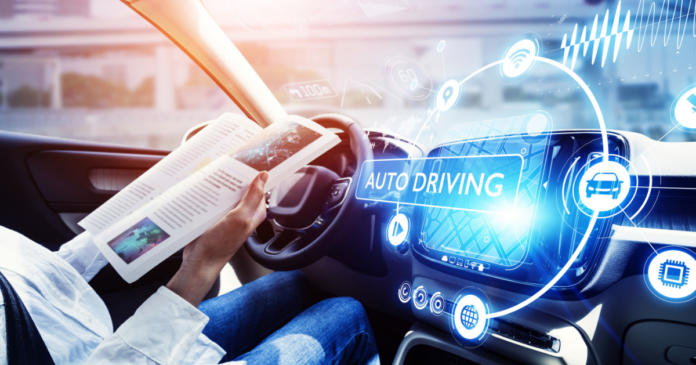The introduction of Artificial Intelligence has been a game-changer and will continue to reshape the world we live in. From smartphones to appliances, fully automated industries, and even food security, the advent of AI offers a glimpse into our future.
Enter autonomous vehicles. They’re not the ones we often see in sci-fi movies, where cars hover over streets or even fly over skyscrapers. However, given humanity’s push to integrate AI into everyday life, the possibility of flying cars—ones that would make the DMC DeLorean look like a science project—is closer than we think.
The question now is this: Do we really need self-driving vehicles? Humans are more than capable of driving at high speeds, navigating through traffic with ease and care, and understanding traffic rules. So, is it truly necessary for the automotive industry to push for AI-driven cars?
According to Imagination Tech, managing visual and aural cues—factors that make driving safe—remains a challenge for computers. While self-driving cars are equipped with cutting-edge hardware, including AI, they must prove to the public that they are worth the investment. To achieve this, the computers installed in these vehicles must “replicate the ability of the human brain to sense what is happening,” anticipate future events, and suggest logical courses of action.
The article also highlighted that AI relies heavily on hardware optimized for self-driving vehicles. This hardware, in turn, depends on autonomous software to power a “truly autonomous vehicle” capable of driving with human-like precision. However, with the help of neural networks mimicking human cognitive processes, manufacturers are making significant strides toward developing vehicles that can drive themselves.
Despite these advancements, even the best minds in the industry cannot eliminate all drawbacks. According to IoT For All, self-driving cars still have several limitations, including:
- Limited vision
- Dependence on maps and sensors
- Inability to engage in complex social interactions
- Difficulty detecting flashing lights and road cones
- Vulnerability to cyberattacks, as advanced and highly connected vehicles are prime targets



